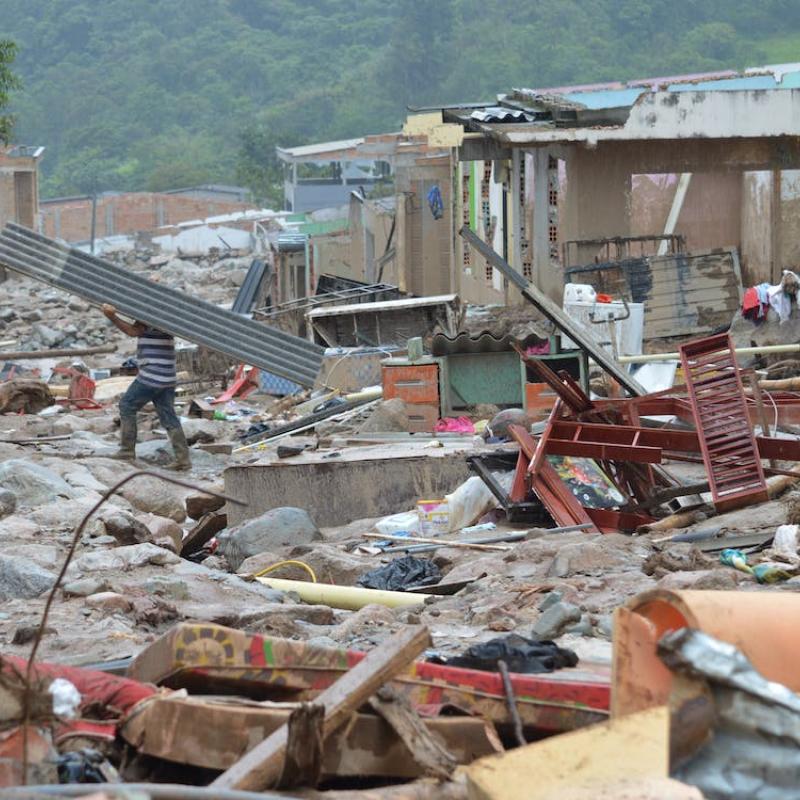Graph-Based Analysis of Indirect Impacts of Natural Hazards on Transportation Systems

Catastrophic natural disasters present formidable challenges to build resilient communities. Although direct losses of natural hazards are extensively documented, indirect impacts of natural hazards arising from systemic interdependencies within coupled natural and human systems are often negelected or underestimated. Cascading risks from natural disasters are implicitly defined as shocks in a subsystem that trigger systemic risk that was propagated to other subsystems. These risks may arise due to alterations in the spatio-temporal patterns of natural hazards, variations in exposure, shifts in supply and demand relations, trade flows, and other factors, all of which could be reflected through human activities on the transportation systems. Addressing these indirect impacts from transportation systems require a nuanced understanding of the interconnected natural and human systems.
This master's research involves exploring and quantifying the indirect cascading impacts of natural hazards on transportation systems, utilizing a combination of physical-based simulation models and graph theory approaches. By utilizing graph theory, you, as the student, will develop a dynamic and comprehensive framework. This framework aims to understand the propagation of natural hazard risk across various sectors, impacting accessibility, connectivity, and overall system resilience. This study will involve in investigating the spatial and temporal dimensions of vulnerability, particularly examining how damages to specific road nodes or links trigger broader network-wide consequences. This research is part of the PARATUS project, offering you the opportunity to choose one of the PARATUS case study areas for developing the thesis
